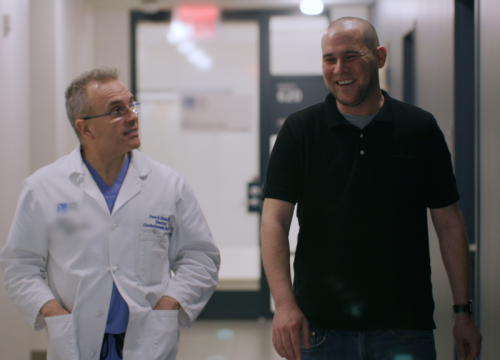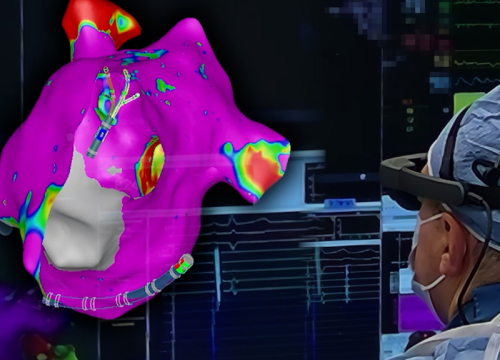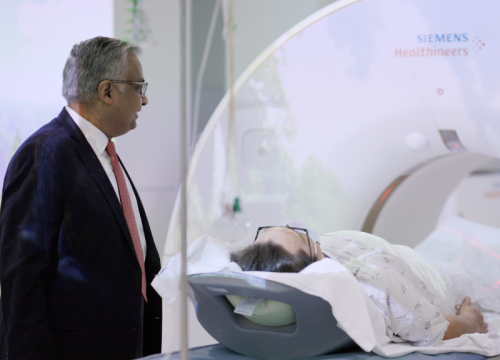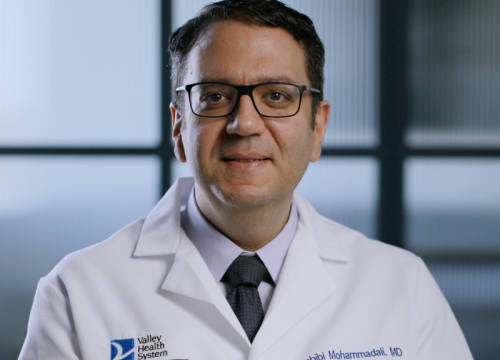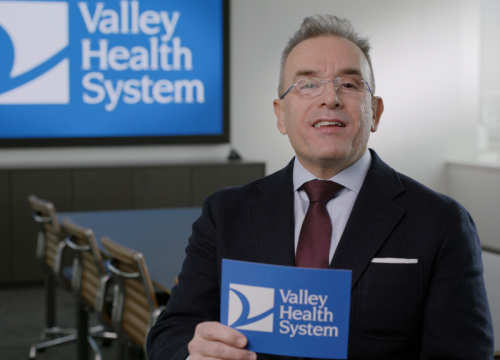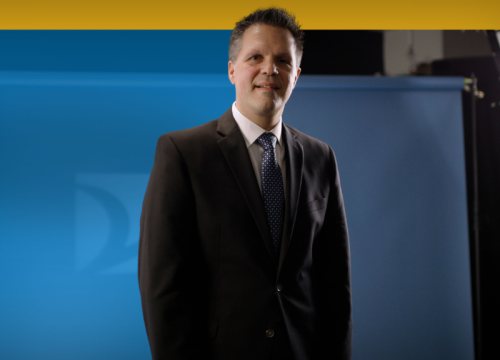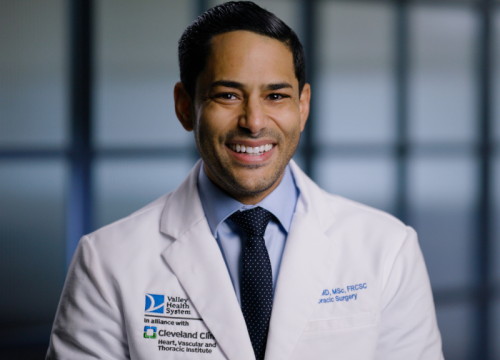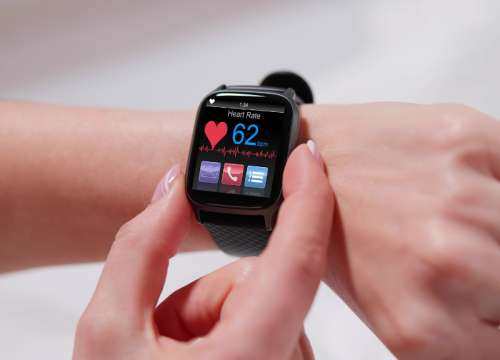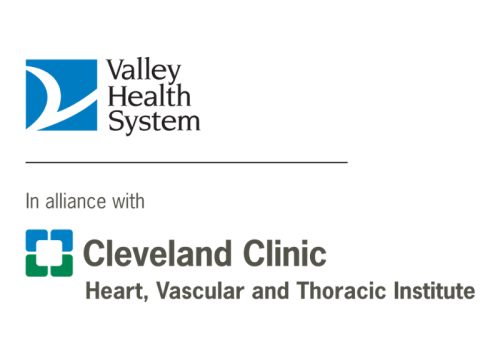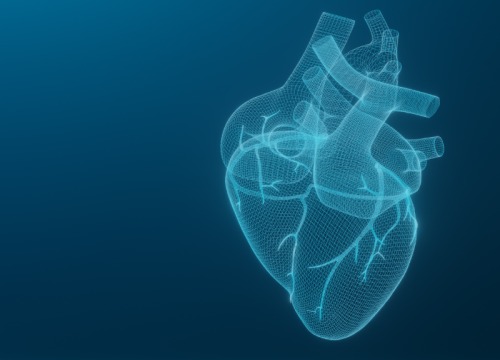Valley interventional cardiologists specialize in performing coronary angioplasty and stent procedures to open blocked arteries from atherosclerosis (plaque buildup). Atherosclerosis can lead to serious problems like heart attack or stroke.
Angioplasty and stenting is a nonsurgical way to improve blood flow to the heart and other organs. This can improve symptoms like chest pain and shortness of breath. It can also prevent a heart attack — and, in emergency cases, treat a heart attack while it’s happening.
What Is Angioplasty?
Angioplasty is a minimally invasive procedure that opens arteries to help improve blood flow. It’s used to treat conditions caused by atherosclerosis, like:
- Coronary artery disease (CAD): Blockage or narrowing in the arteries that serve the heart, which may lead to heart attack.
- Peripheral artery disease (PAD): Blockage or narrowing in the arteries or veins in the arms, legs or pelvis and increase the risk for stroke or heart attack.
- Renal artery disease (RAD): Blockage or narrowing in the arteries that serve the kidneys, which can lead to chronic kidney disease or kidney failure.
How Angioplasty and Stents Work
Also known as a balloon angioplasty, angioplasty involves using a catheter with a balloon at the end to open the blockage. It also includes placing a stent (a metal mesh tube or coil) in the artery to keep the arteries from narrowing again.
Here’s how it works:
- Your provider will insert a catheter through an artery in the wrist, arm, chest, groin or other area.
- Your provider will then use advanced imaging to thread the catheter to the blockage.
- Once the catheter is in place, your provider will inflate the balloon to open the blockage, pushing the plaque against the artery walls.
- If needed, your provider will place a stent in the artery.
Angioplasty Recovery and Rehabilitation
Angioplasty and stenting only requires a small incision to access the artery. This results in a faster and easier recovery than you’d have with traditional open surgery.
Depending on the procedure, you can expect to go home the same day or within a day. Full recovery back to normal activity usually takes less than a week.
Because angioplasty and stenting does not cure atherosclerosis, your recovery will also include lifestyle changes, including:
- Adopting healthy eating habits
- Exercising
- Quitting smoking
- Reducing your stress levels
Your provider may also refer you to Valley’s cardiac rehabilitation program to help you get you on the right track.
Why Choose Valley for Angioplasty and Stent Procedures?
- Radial artery approach: For angioplasty, physicians at Valley insert the catheter into wrist (radial artery) instead of the groin (femoral artery). This approach minimizes your risk of bleeding and improves recovery time.
- Same-day heart angioplasty: At Valley, a heart angioplasty may be performed as a same-day procedure. That means you can go home the day of the procedure rather than stay overnight at the hospital.
- Advanced imaging to guide treatment: Valley uses advanced cardiac imaging to diagnose blocked and narrowed arteries. We offer intravascular ultrasound (IVUS), optical coherence tomography (OCT) and fractional flow reserve. These measure blood pressure and flow through specific arteries. This helps us plan the most precise and effective treatment options, like angioplasty. We’re also one of few regional hospitals to use artificial intelligence imaging technology to predict your risk for heart attack. This allows us to develop a preventive care plan tailored to your personal risk.
- Treatment for chronic total occlusion: Even if your coronary artery is 100% blocked (also called chronic total occlusion), our interventional cardiologists can help. Our team specializes in using angioplasty and stents to open for chronic total occlusion.
- Options for high-risk, complex patients: We can help if you’ve been told you are too high risk for angioplasty, stenting or coronary artery bypass grafting (CABG). Valley’s interventional cardiologists specialize in complex coronary interventions that offer you options. This includes using mechanical circulator support devices like Impella. As leaders in this treatment, we teach other providers—both nationally and internationally level—how to use these devices.


